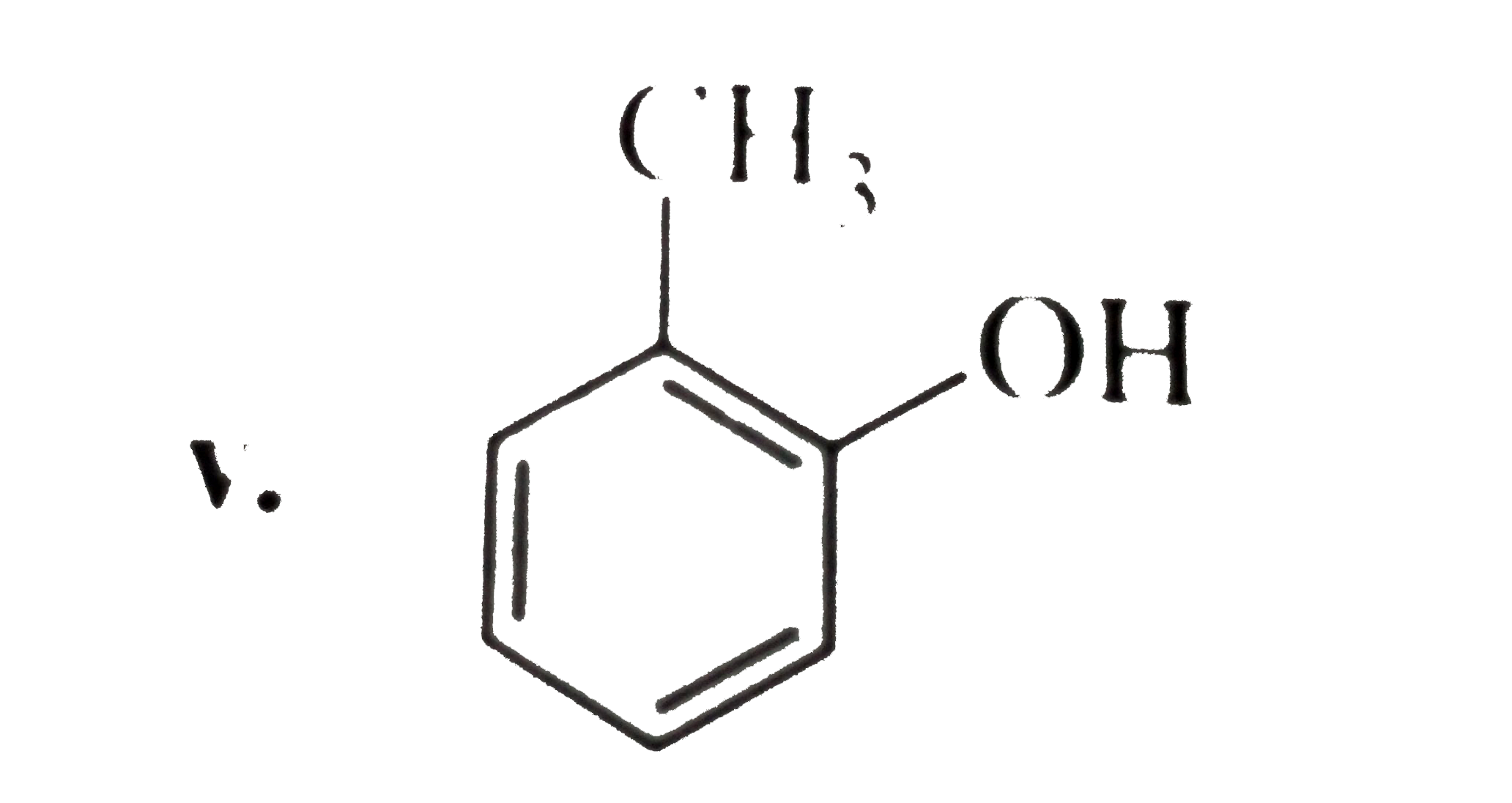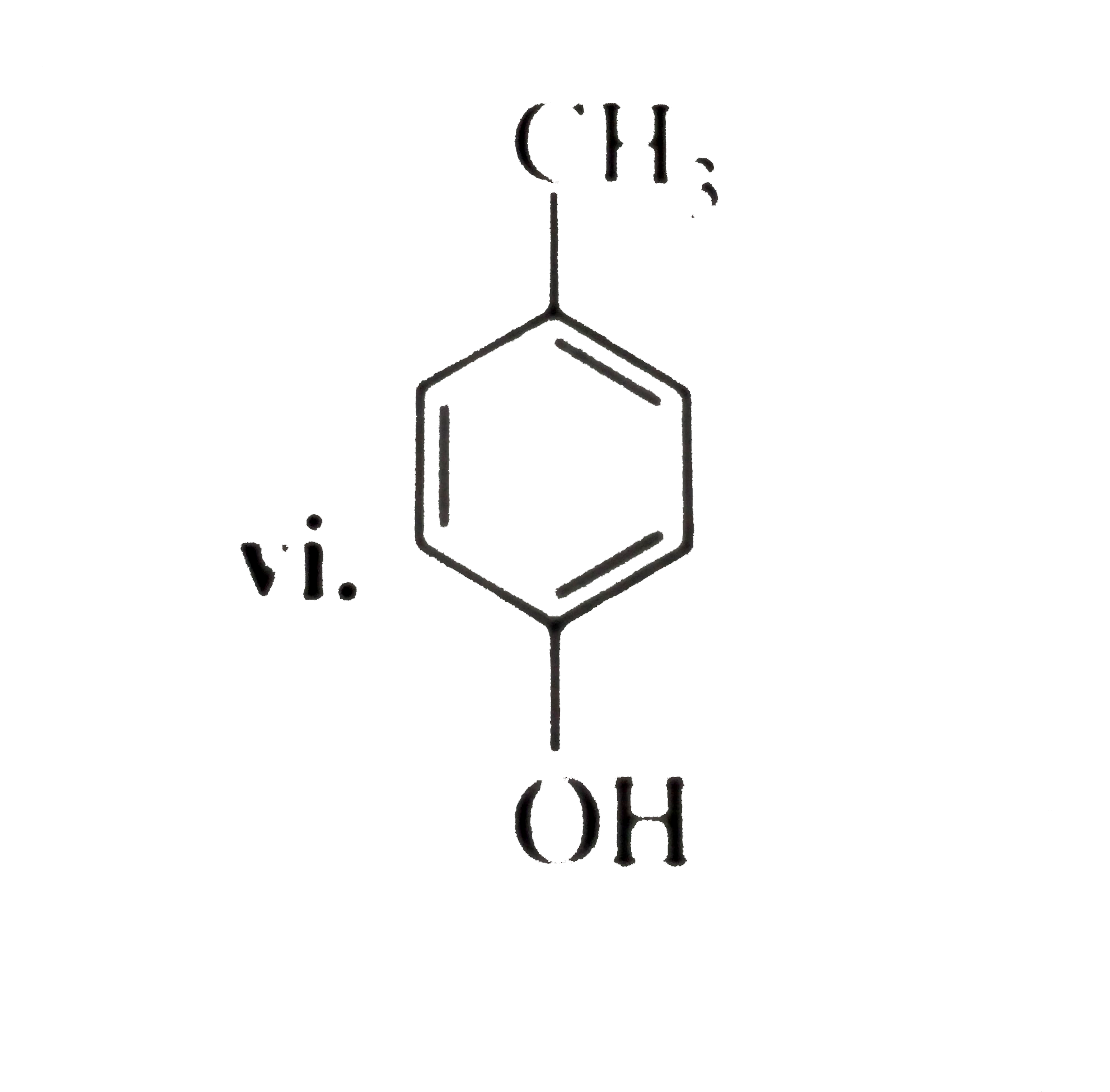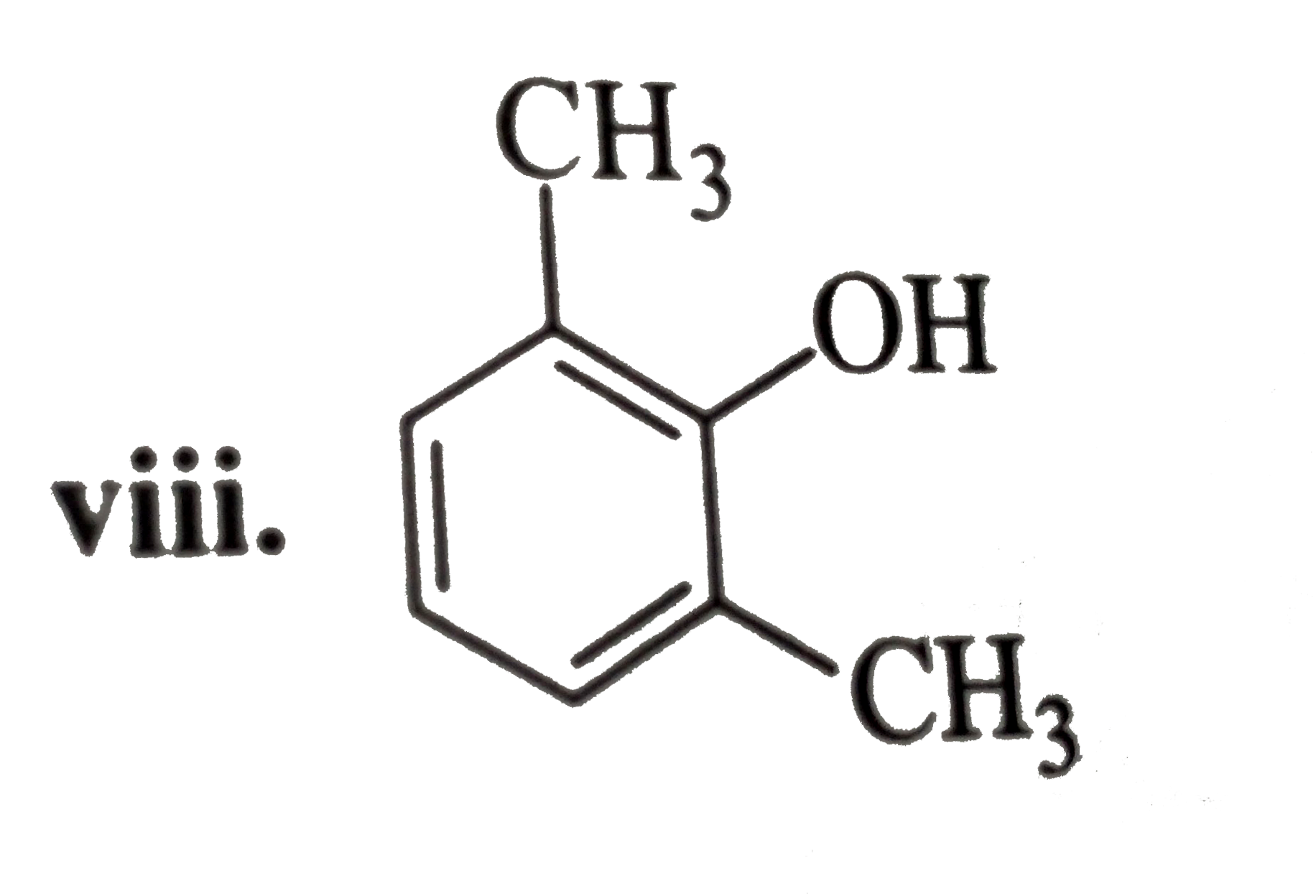CH3−CH∣CH3−CH∣Br−CH3SN1/C2H5ONaWilliamson ReactionEther is -
CH3−OC2H5∣C∣CH3−CH2−CH3
CH3−CH∣CH3−CH∣OC2H5−CH3
Both correct
None is correct
The correct Answer is:A
To solve the problem, we need to determine the ether that is formed from the given reactant through the Williamson reaction, which proceeds via an SN1 mechanism. Let's break down the steps:
Step 1: Identify the Reactant
The reactant is given as:
CH3−C(Br)−C(CH3)−CH3
This can be represented as a 2-bromo-3-methylbutane.
Step 2: Mechanism of SN1 Reaction
In an SN1 reaction, the first step involves the formation of a carbocation. The bromine (Br) atom will leave, resulting in the formation of a carbocation.
Step 3: Carbocation Formation
When Br leaves, the structure becomes:
CH3−C+−C(CH3)−CH3
This is a secondary carbocation.
Step 4: Carbocation Rearrangement
To stabilize the carbocation, a hydride shift can occur. A hydrogen atom from the adjacent carbon can shift to the positively charged carbon, forming a more stable tertiary carbocation:
CH3−C(CH3)−C+−CH3
After the hydride shift, the structure becomes:
CH3−C+−C(CH3)−CH3
This tertiary carbocation is more stable than the secondary one.
Step 5: Nucleophile Attack
The nucleophile in this reaction is sodium ethoxide (C2H5O−). The negatively charged oxygen will attack the carbocation:
CH3−C+−C(CH3)−CH3+C2H5O−→CH3−C(C2H5O)−C(CH3)−CH3
Step 6: Formation of Ether
The final product is an ether, which can be represented as:
CH3−C(C2H5O)−C(CH3)−CH3
This ether is known as ethyl-2-methylpropyl ether.
Conclusion
The ether formed from the reaction is ethyl-2-methylpropyl ether.
The reactant is given as:
CH3−C(Br)−C(CH3)−CH3
This can be represented as a 2-bromo-3-methylbutane.
In an SN1 reaction, the first step involves the formation of a carbocation. The bromine (Br) atom will leave, resulting in the formation of a carbocation.
When Br leaves, the structure becomes:
CH3−C+−C(CH3)−CH3
This is a secondary carbocation.
To stabilize the carbocation, a hydride shift can occur. A hydrogen atom from the adjacent carbon can shift to the positively charged carbon, forming a more stable tertiary carbocation:
CH3−C(CH3)−C+−CH3
After the hydride shift, the structure becomes:
CH3−C+−C(CH3)−CH3
This tertiary carbocation is more stable than the secondary one.
The nucleophile in this reaction is sodium ethoxide (C2H5O−). The negatively charged oxygen will attack the carbocation:
CH3−C+−C(CH3)−CH3+C2H5O−→CH3−C(C2H5O)−C(CH3)−CH3
The final product is an ether, which can be represented as:
CH3−C(C2H5O)−C(CH3)−CH3
This ether is known as ethyl-2-methylpropyl ether.
The ether formed from the reaction is ethyl-2-methylpropyl ether.
Topper's Solved these Questions
- BOOK - MOTIONCHAPTER - ALKYI HALIDEEXERCISE - Exercise - 1 (Chemical Properties & Preparation methods of Diahlides)3videos
ALKYI HALIDE
- BOOK - MOTIONCHAPTER - ALKYI HALIDEEXERCISE - Exercise - 1 (Chemica l Properties & Preparation methods of Chloroform)12videos
ALKYI HALIDE
- BOOK - MOTIONCHAPTER - ALKYI HALIDEEXERCISE - Exercise - 17videos
ALKYI HALIDE
- BOOK - MOTIONCHAPTER - ALCOHOLS & ETHERSEXERCISE - EXERCISE -4 (LEVEL -II) PREVIOUS YEAR JEE ADVANCED9videos
ALCOHOLS & ETHERS
- BOOK - MOTIONCHAPTER - AROMATIC COMPOUNDEXERCISE - Exercise - 4 | Level-II16videos
AROMATIC COMPOUND
Similar Questions
Knowledge Check
- Question 1 - Select One
The correct IUPAC name
CH3−C∣CH3=C∣C2H5−CH3A1,2 -diethyl buteneB2 - ethyl -3- methyl penteneC3 , 4 - dimethyl hex -3- eneD2 , 3 - dimethyl pent -2- ene - Question 2 - Select One
Major product of the given reaction is
CH3−CH3∣C∣CH3−CH∣CI−CH3C2H5O−−−−−−→ACH3−CH3∣C∣CH3−CH∣OC2H5−CH3BCH3−CH3∣C∣CH3−CH=CH2CCH3−CH3∣C=C∣CH3−CH3DCH3−CH3∣C∣OC2H5−CH3∣CH−CH3 - Question 3 - Select One
I.U.P.A.C name of H3C−H2C−HC=C∣CH3−HC∣CH3−CH2−CH2−CH3
A4,5-dimethyl oct -4-eneB3,4- dimetyl oct -5-eneC4,5-dimethyl oct-5-eneDNone of these
Structures and IUPAC names of some hydrocarbons are given below. Explain why the names given in the parentheses are incorrect.
CH3−CH∣CH3−CH2−CH2−CH∣CH3−CH∣CH3−CH2−CH32,5,6−Trimethyloctane[and not 3,4,7-Trimethyloctane]
CH3−CH2−CH∣CH2CH3−CH2−CH∣CH3−CH2−CH33-Ethyl-5-methylheptane[and not 5-Ethyl-3-methylheptane]View SolutionWrite IUPAC names of the following compounds:
i. CH3−CH∣CH3−CH∣OH−CH3∣C∣CH3−CH3
ii. H3C−C∣OHH−CH2−C∣OHH−C∣C2H5H−CH2−CH3
iii. CH3−C∣OHH−C∣OHH−CH3
iv. HO−CH2−C∣OHH−CH2−OH
v. vi.
vi. 
vii. viii.
viii. 
ix. CH3−O−CH2−C∣CH3HCH3
x. C6H5−O−C2H5
xi. C6H5−O−C7H15(n−−−)
xii. CH3−CH2−O−C∣CH3H−CH2−CH3View SolutionCH3−CH3∣C0−O−CH2−C6H5∣CH3 can be prepared from Williamson's ether synthesis using :
View SolutionIUPAC name of H3C−C∣CH3H−C∣CH3H−CH2−COOH is __________.
View SolutionCH3−C∣CH3=CH−CH2−C∣∣O−CH3H2/Pd/C−−−−−−→
Number of stereoisomers formed in the given reaction isView Solution

